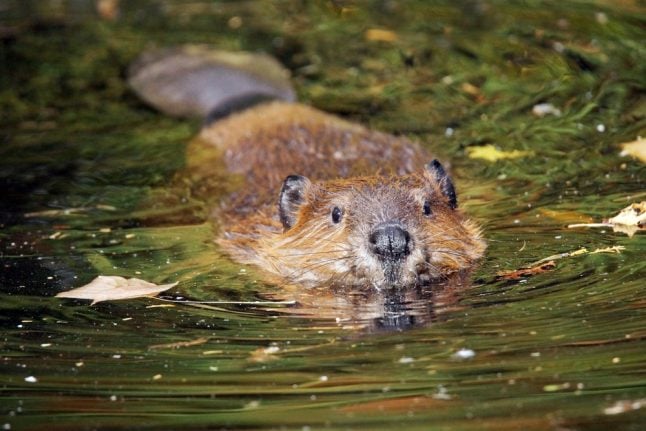Find Andersen-Fruedahl, who lives in Møborg near the towns of Lemvig and Holstebro in West Jutland, had appealed against a previous decision by a district court, in which he brought a civil law suit against the Danish Environmental Protection Agency (Miljøstyrelsen).
The property owner had asked for between 200,000 and 300,000 kroner (27,000-40,000 euros) as compensation for trees and lakes damaged by beavers.
But the Vestre Landsret higher court upheld the previous verdict in a decision reached on Tuesday, DR reports.
“I’m disappointed. We’d hoped we would win, but I knew it was unlikely, because it’s the little guy against the great powers,” Andersen-Fruedahl told DR.
Beavers munched their way through trees including Sitka spruce, firs and red beeches on Andersen-Fruedahl’s property, causing many trees to fall with ground floods occurring as a result, the landowner said.
Andersen-Fruedahl argued that it was up to the environmental agency to control the beaver colony living on his land. He said that he would speak to his lawyer about whether to take the case further.
“Perhaps we should get hold of some politicians and try to change the decision that was made long ago to allow beavers to roam freely. It’s not just me that has problems with beavers,” he said.
The Danish Nature Agency (Naturstyrelsen) in 1999 reintroduced the beaver to Denmark by releasing 18 animals in the Klosterheden Plantage nature reserve close to Andersen-Fruedahl’s land.
That small population has grown to 200 individuals today, DR writes. The animals, which gnaw through trees and build dams, remain protected under Denmark’s nature laws, meaning the state is not liable for damage they cause, according to a previous ruling by Holstebro District Court.
READ ALSO: Dane loses court case over gnawing beaver problem



 Please whitelist us to continue reading.
Please whitelist us to continue reading.